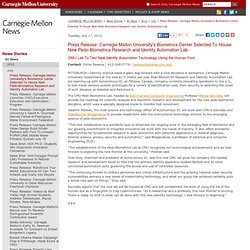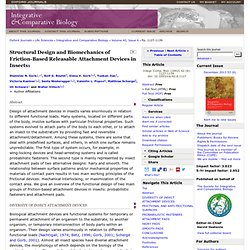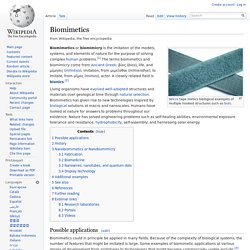

Carnegie Mellon University's Biometrics Center Selected To House New Pedo-Biometrics Research and Identity Automation Lab-Carnegie Mellon News. Tuesday, July 17, 2012 Contact: Chriss Swaney / 412-268-5776 / swaney@andrew.cmu.edu PITTSBURGH—Identity science takes a giant leap forward with a new discipline in biometrics.

Carnegie Mellon University researchers at the new $1.5 million per year Pedo-Biometrics Research and Identity Automation Lab are teaming up with Autonomous ID, an Ottawa, Canada, company currently relocating operations to the U.S., to test insole sensory system prototypes for a variety of identification uses, from security to detecting the onset of such diseases as diabetes and Parkinson's. The CMU Pedo-Biometrics Lab, headed by Electrical and Computer Engineering Professor Marios Savvides, will provide the roadmap for scientific analysis and algorithm research and development for the new pedo-biometrics discipline, which uses a specially designed insole to monitor foot movement.
The Human Foot. Of the two feet with which man is endowed, each may be regarded as the counterpart of the other, in every respect corresponding. It is, however, impossible to understand the feet, from whatever point of view they be regarded, unless we consider them in combination. I might have chosen for my title, but it would, possibly, have conveyed an impression that the of human feet would be discussed, which would be foreign to my purpose. We are concerned with elements and characters common to the feet of mankind in general, or, at least, to all of the higher races. Little reference will be made to differences in type or in detail as found in the feet of different races or of individual persons.
The two feet are perfectly symmetrical; a description of the right foot would serve equally well for the left, by the mere change of words having references to the inner and outer sides in relation to a line between the two. The inner margin of these semi-domes will be the subject of frequent reference. Structural Design and Biomechanics of Friction-Based Releasable Attachment Devices in Insects. + Author Affiliations Abstract Design of attachment devices in insects varies enormously in relation to different functional loads.

Many systems, located on different parts of the body, involve surfaces with particular frictional properties. Such systems evolved to attach parts of the body to each other, or to attach an insect to the substratum by providing fast and reversible attachment/detachment. Among these systems, there are some that deal with predefined surfaces, and others, in which one surface remains unpredictable. Biological attachment devices are functional systems for temporary or permanent attachment of an organism to the substrate, to another organism, or temporary interconnection of body parts within an organism. Most attachment devices are composed of macroscopical structures and driven by muscular force. Introduction%20to%20Human%20Factors%202. Biomimetics. Velcro tape mimics biological examples of multiple hooked structures such as burs.

Biomimetics or biomimicry is the imitation of the models, systems, and elements of nature for the purpose of solving complex human problems.[1] The terms biomimetics and biomimicry come from Ancient Greek: βίος (bios), life, and μίμησις (mīmēsis), imitation, from μιμεῖσθαι (mīmeisthai), to imitate, from μῖμος (mimos), actor. A closely related field is bionics.[2] Possible applications[edit] Biomimetics could in principle be applied in many fields. Because of the complexity of biological systems, the number of features that might be imitated is large. Aircraft wing design[4] and flight techniques[5] inspired by birds and bats History[edit] One of the early examples of biomimicry was the study of birds to enable human flight.
Biophysics is not so much a subject matter as it is a point of view. Nanobiomimetics or Nanobiomimicry[edit] Fabrication[edit] Biomedicine[edit] Nanowires, nanotubes, and quantum dots[edit] Ask Nature - the Biomimicry Design Portal: biomimetics, architecture, biology, innovation inspired by nature, industrial design - Ask Nature - the Biomimicry Design Portal: biomimetics, architecture, biology, innovation inspired by nature, industrial desi.